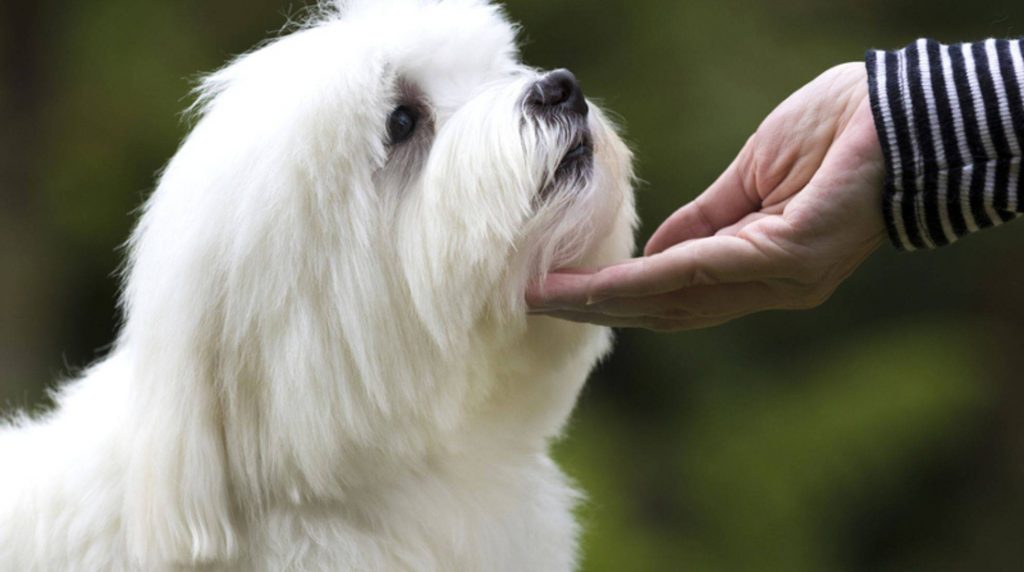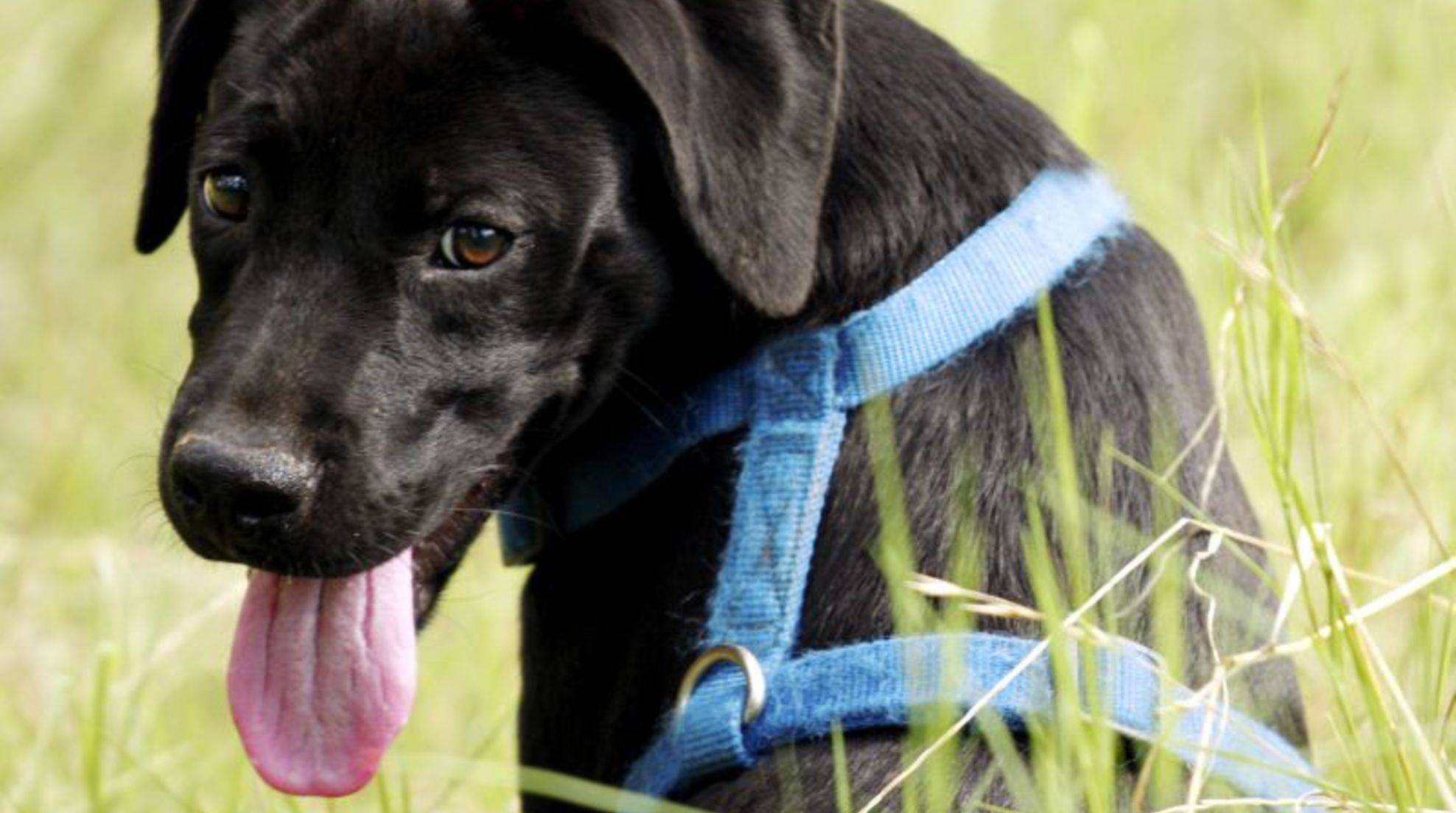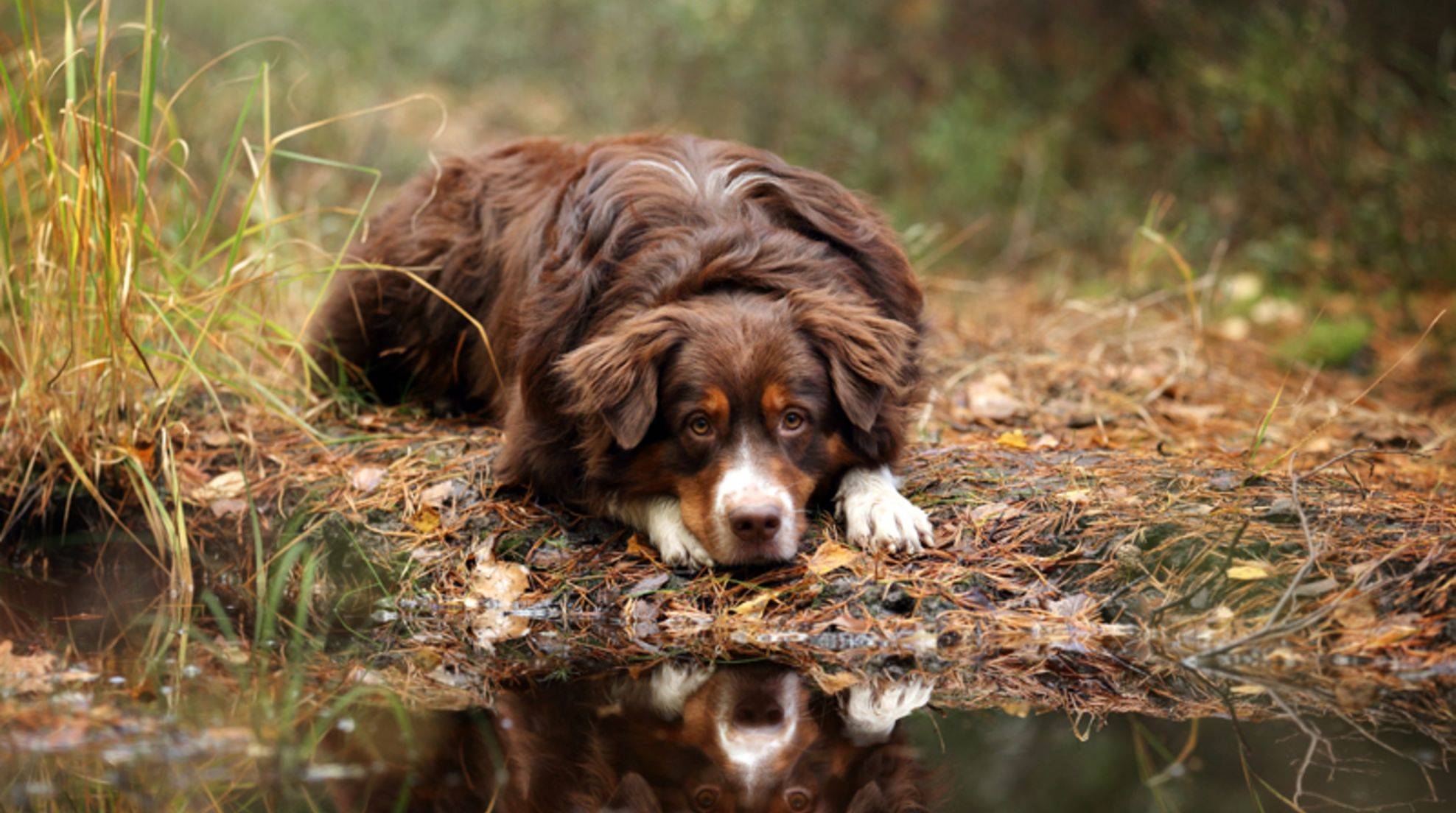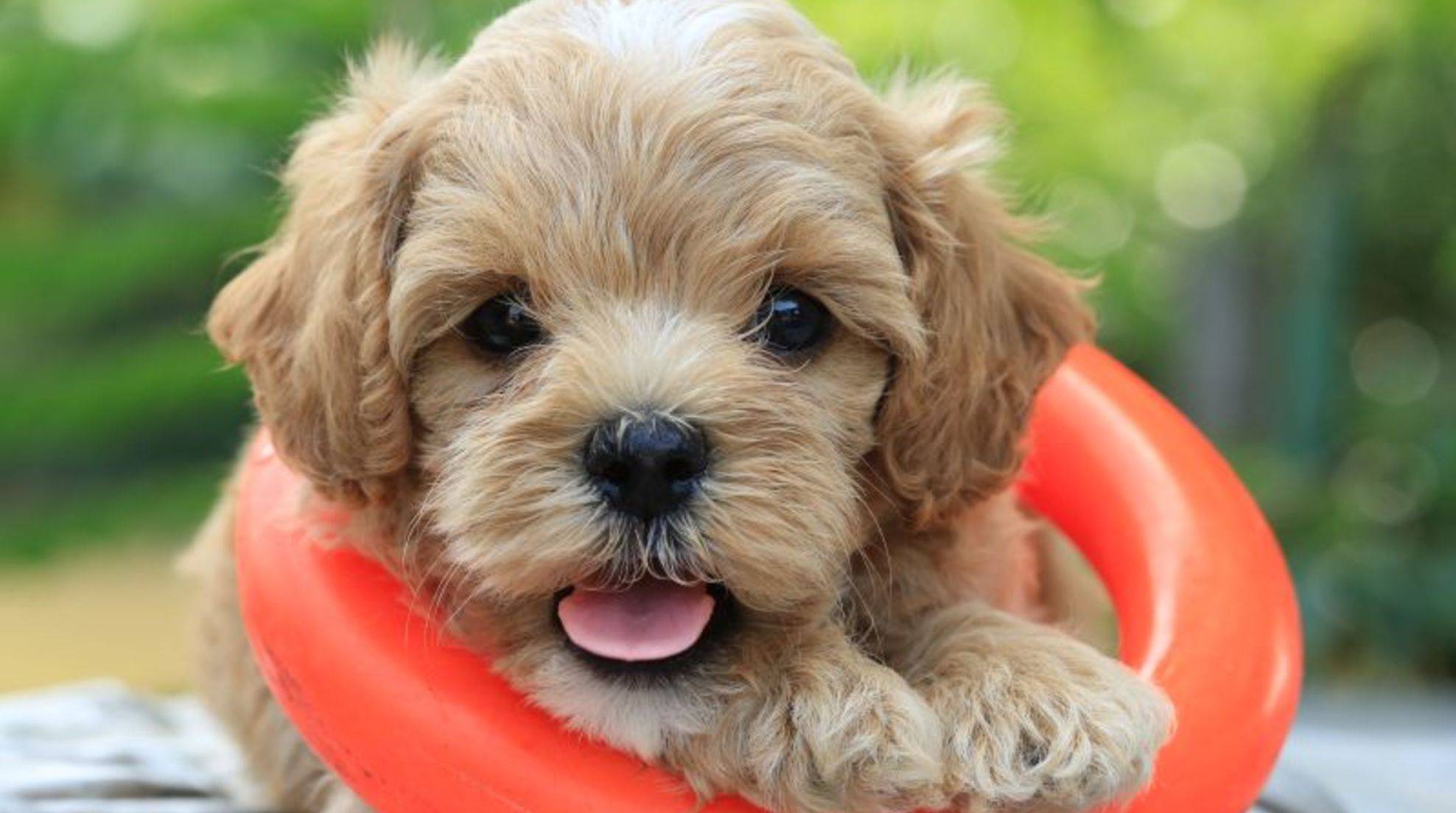Petting strangers’ dogs: a good idea?
Are you one of those people who like to pet strange dogs? Or are you the owner of a furry nose and are constantly confronted with situations in which strangers paw your four-legged friend without permission? The topic offers plenty of fuel for discussion. What is the right way to behave?
When people run across a cute dog, they often can’t resist and want to pet it. Some dogs react well to the strange petting and even lie down on their backs to demand even more cuddles. Other animals don’t like touching and distance themselves from their pushy counterpart. At worst, some dogs may react aggressively to unwanted affection.
Petting strange dogs: Respecting boundaries
How would you feel if strangers suddenly hugged you? Irritating at the very least. Even though dogs are not humans, they feel the same way – many don’t like to be petted by strangers. Depending on the dog breed and traits, the behavior of the pelt-noses varies. In the worst case, the arbitrary Fremdstreichel behavior of passers-by ends with an aggressive growling or even biting from the harmless-looking quadruped.
At the latest, it should be clear that not each dog appreciates a strange hand on its head. Who means dog owners would know it better, errs enormously. Even these presume to stroke weird dogs without asking the owner before, nor to wait for the dog’s reaction. After all, your fluffy nose also enjoys it when strangers touch it.
Many people, dog owners or not, basically mean well with the animals. They want them suitable while they stroke through the fur – they think at least. Because in reality, stranger-strokers do not fulfill the dog’s wishes, but primarily their own.
Dog greeting etiquette: How to behave properly
Respectful interaction looks different. If you want to pet stranger dogs, follow these steps:
● Ask the owner for permission. He knows his pelt nose best and precisely how it reacts to strangers. Don’t skip this step just because the dog seems friendly. Even the sweetest creatures can bite hard if they feel threatened.
● Approach slowly. If you have the owner’s permission for a mutual “sniff,” move slowly but confidently toward the dog. Moving too hastily could irritate and frighten him. Pay attention to the animal’s body language. Does it appear intimidated? Then you better distance yourself again.
Let yourself be sniffed. If the dog is still well-disposed, first hold out your hand and let the four-legged friend smell it. Also, talk to him well to relax the atmosphere. Only then pet him, provided he has not yet lost interest.
● Do not make any rough movements. Still: touch the animal gently. It’s better to scratch him under the chin than on the head. And always face the dog, so he has a good view of you.
If you follow these steps, the owner and the dog will be grateful to you.








